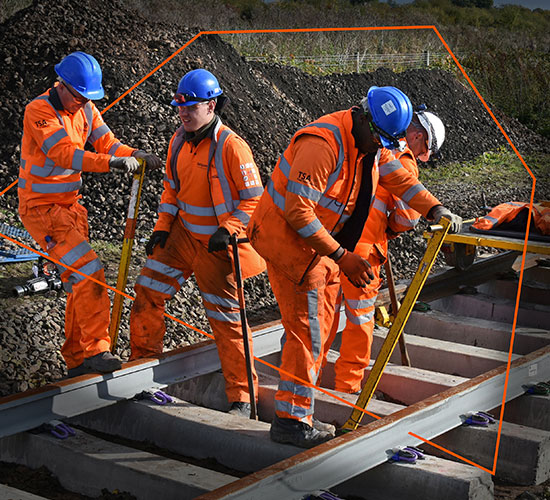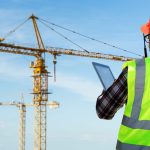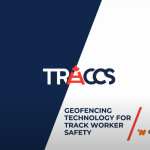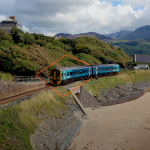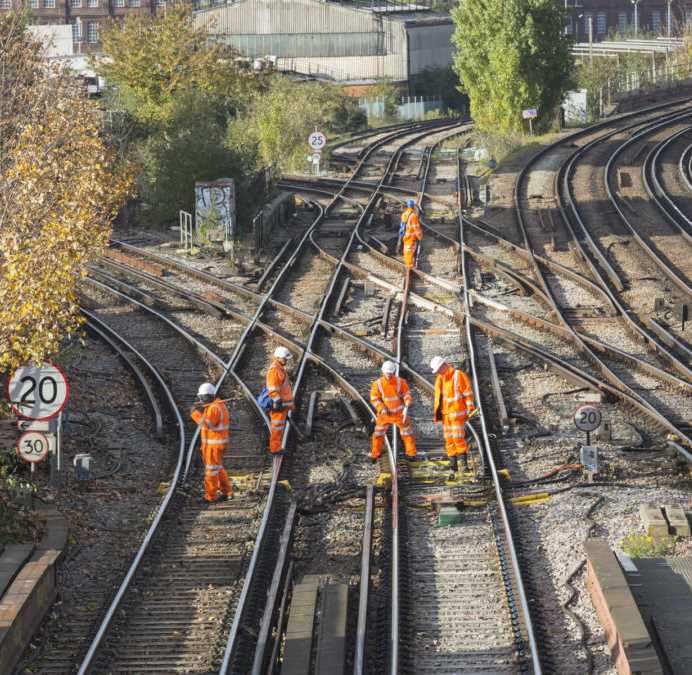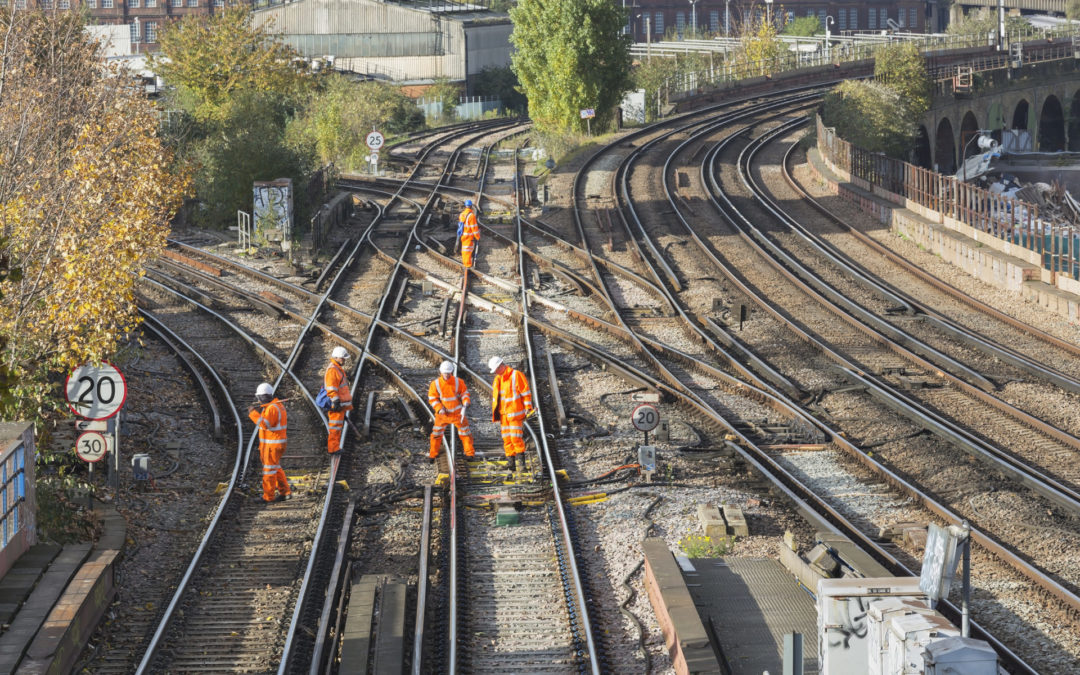Network Rail’s New Safety Measures to Protect Track Workers
There is a relentless drive across the Rail sector to improve safety for all track workers led by the Network Rail Safety Task Force team who is helping to pioneer new ways of working including the implementation of new technologies on the railway.
A key factor in many incidents relating to track worker safety is a loss of situational awareness, where people lose context of their location, become distracted or disoriented and can inadvertently step into harm’s way.
Such is the importance of the safety of track workers that the team at in their new measures Network Rail have decided to implement the use of Geofencing devices to a very strict, accurate specification to meet their objectives.
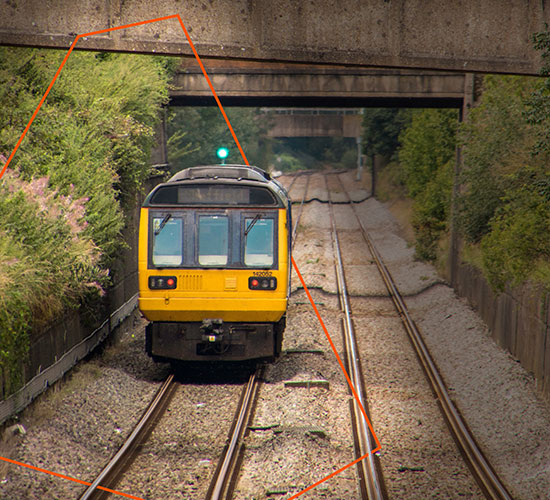
The New Standard
What You Need to Know...
This new standard module outlines the requirements for the use of geofence wearable devices on Network Rail Managed Infrastructure, which addresses the loss of situational awareness.
- NR/L2/OHS/501 – Module W4
- Date of Standard Document: 03 September 2022
- Compliance Date: 03 December 2022
What is Geofencing?
A geofence is a virtual perimeter for a real-world geographic area.
Geofencing is the use of a virtual “zone” alongside a set of criteria, attributes and rules that the zone contains. In addition to the zone configuration, people, vehicles, or items of equipment have their location monitored by GNSS (Global Navigation Satellite System) technology, the most common form of which is GPS.
How Does it Work?
In practice, Geofencing works by providing a real-time monitoring system for the location devices that can identify if users accidentally move into unsafe zones on a work site, and alert users, operators and supervisors when this occurs. Zones can be configured based on time, user density and user attributes, meaning that tracking workers and equipment can be accurately and safely managed to ensure the right people are in the right place at the right time.
The technology is deployed in addition to existing safety measures, so the system will provide an overlay to existing control measures deployed for a Safe System of Work i.e., providing secondary protection.
When the location device is positioned correctly on the user, the geofence improves the situational awareness of track workers through the provision of wearable safety devices that provides an audio, visual and vibrating alert when the worker strays outside a defined safe zone.
Alerts can also be configured for other safety purposes, such as leaving an area, or excess stationary time that could indicate an injury and based on the user attributes such as accreditations and levels of authorisation. Furthermore, alerts can be configured individually and in certain cases they could be sent to other members of the project staff, improving visibility and resilience.
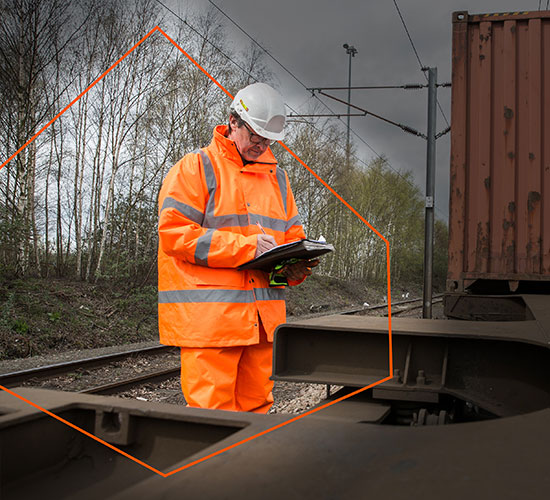
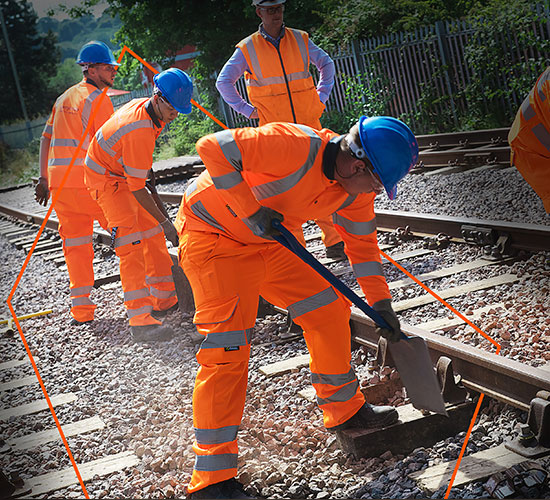
Why Now?
A core challenge in taking this technology onto the railway was this level of accuracy. For many use cases standard GNSS accuracies of 1 to 3m is acceptable, but when working on rail infrastructure, potentially with adjacent open lines then a much higher degree of accuracy is required. As such, Network Rail has a safety measure that highlights the requirement of repeatable accuracy of better than 0.3m.
This requirement for unrivalled accuracy has meant that the standard is incredibly strict but the good news is that we’ve been working with Geofencing technology for over 5 years and our OWL Technology is tested, verified and approved for this exact standard.
Geofencing Benefits
The main benefits of implementing a geofencing platform like OWL are all centred around improving safety measures.
The three critical improvements we’ve seen during the testing of our system are:
Situational Awareness
The main focus of geofencing is to improve the track worker’s perception of the elements in the environment, and comprehension of the situation, and drive better safety-conscious decision-making.
Objects on the Line
Devices can be attached to marker boards or isolation straps and geofences created to show the locations where these are to be deployed ensuring they are installed at the correct location.
It is also possible to create dynamic geo-fences around items of plant and equipment. This creates exclusion zones to reduce people/plant interface risk, whilst also making it simple to verify that plant and equipment have been removed from the track before removal of possession or isolation.
Runaway Risk
The risk of runaway plant such as track trolleys, although much reduced, still remains a risk for track workers.
Using geo-fencing, alerts can be triggered should a track troller move without its operator present, with these alerts triggered to all people in the vicinity, raising situational awareness.
Who is involved?
In short – everyone.
The standard documentation includes a detailed Responsible, Accountable, Consulted, and Informed (RACI) grid, but it’s important to note that this new requirement is wide-ranging in its scope and involves:
- Section Manager / Supervisor
- Controller of Site Safety Course / Person in Charge
- Resource Planner
- Supplier
- NR Geo Spatial
- Site Warden
- Users (on-site workers)
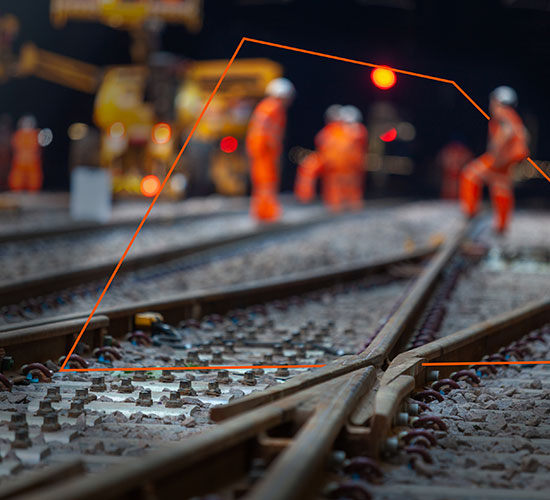
Getting Started - Your Project Plan
If getting started on a project that requires this new standard sounds difficult, it needn’t be.
We’ve got vast and diverse experience in supporting infrastructure projects across the UK, and we’re here to guide you through geofencing implementation.
Project Scope
The first step is to discuss the scope of your project and define the exact requirements and objectives involved.
This part of the process ensures everyone understands the zones to be configured, user attributes and hierarchies and alert set up so that it meets both the standard and exactly how you want to work.
Configuration
Configuring the Environment
Once we have the project scoped, the next part is to configure the environment and all of the constituent elements such as zones and alerting rules, based on the objectives and desired working practices of the team.
Configuring Users & Devices
The next stage is to configure user types (categories etc.) and the location devices the users will wear. This essential stage is to ensure the right devices are matched to the user type and the zone configuration and alert configuration from the earlier stages in the project work as intended and as required by the new standard and safety measures.
Training
The final stage is to train both the device users on how to use the location devices themselves and the operators on how to use, edit and run the project using or online portal.
We’re Here to Help…
Whether you’re new to the concept of geofencing or need more information on what this new safety measures means for projects you’re already working on – don’t worry, we’re here to help.
We’ve been working closely with Network Rail to develop this technology over the last few years and have the communications background, infrastructure, project experience in Network Rail regions and most importantly an approved product to meet this new standard.
We’ll take the stress out of the whole process for you and manage the entire scope, configuration, implementation and training for you with our self-developed equipment as part of our managed service.
